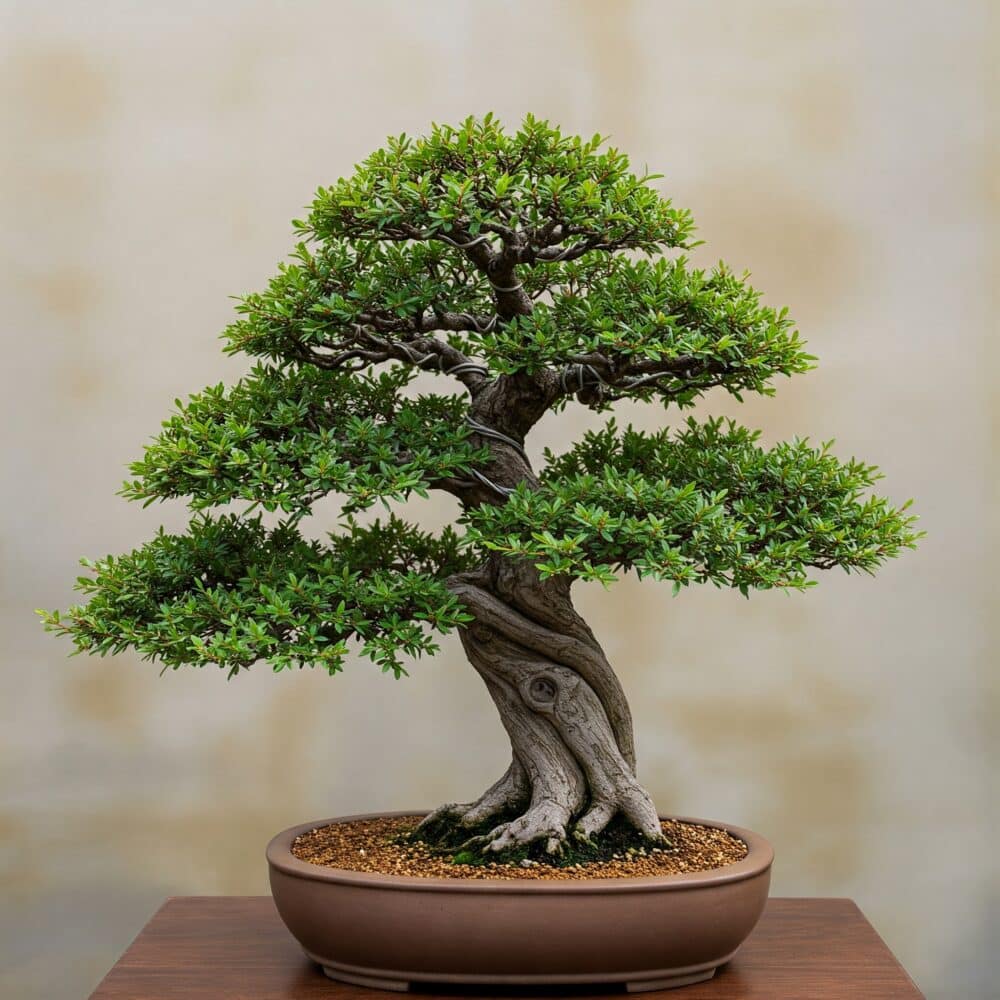Thank you for showing interest in learning of Bonsai Care Guide! Whether you’re a seasoned gardener or someone just beginning their journey into the world of plants, this ancient art form offers an unparalleled blend of creativity, patience, and mindfulness. The bonsai is not merely a plant; it’s a living sculpture that reflects nature’s beauty on a miniature scale. Caring for one requires both science-backed knowledge and artistic intuition.
In this blog post, we will explore everything you need to know about nurturing your bonsai tree—backed by international research, scientific evidence, and time-tested practices. By the end of this article, you’ll have a comprehensive understanding of what it takes to keep your bonsai thriving while appreciating its profound cultural significance.
The Origins and Significance of Bonsai Trees
Before diving into the practical aspects of caring for a bonsai, let us take a moment to appreciate its rich history. Originating in China over 2,000 years ago as “penjing,” the practice of cultivating miniature trees was later refined in Japan during the Kamakura period (1185–1333). Today, bonsai has become a global phenomenon, symbolizing harmony, balance, and resilience.
According to a study published in HortScience, bonsai cultivation involves more than just horticulture—it fosters mental well-being through meditative practices associated with pruning, shaping, and observing growth patterns. This makes bonsai not only a rewarding hobby but also a therapeutic activity.
Now, let’s delve into the essential steps for ensuring your bonsai thrives under your care.
Step 1: Understanding Your Bonsai Species
One of the first things every bonsai enthusiast must do is identify the species of their tree. Different species have unique requirements when it comes to light, water, soil, and temperature. Some popular bonsai varieties include:
- Ficus retusa: Known for its glossy leaves and adaptability, making it ideal for beginners.
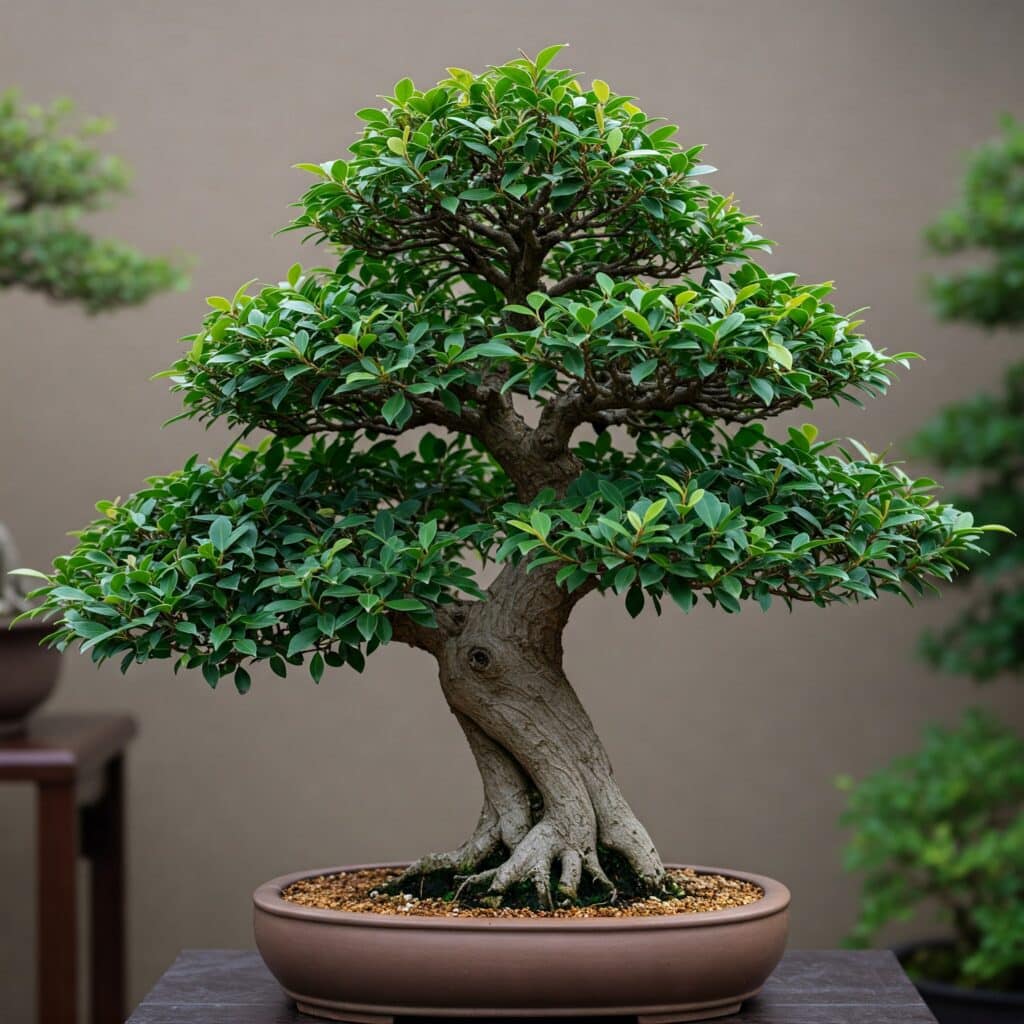
- Juniperus procumbens: A classic choice for outdoor bonsai, often seen in traditional Japanese gardens.
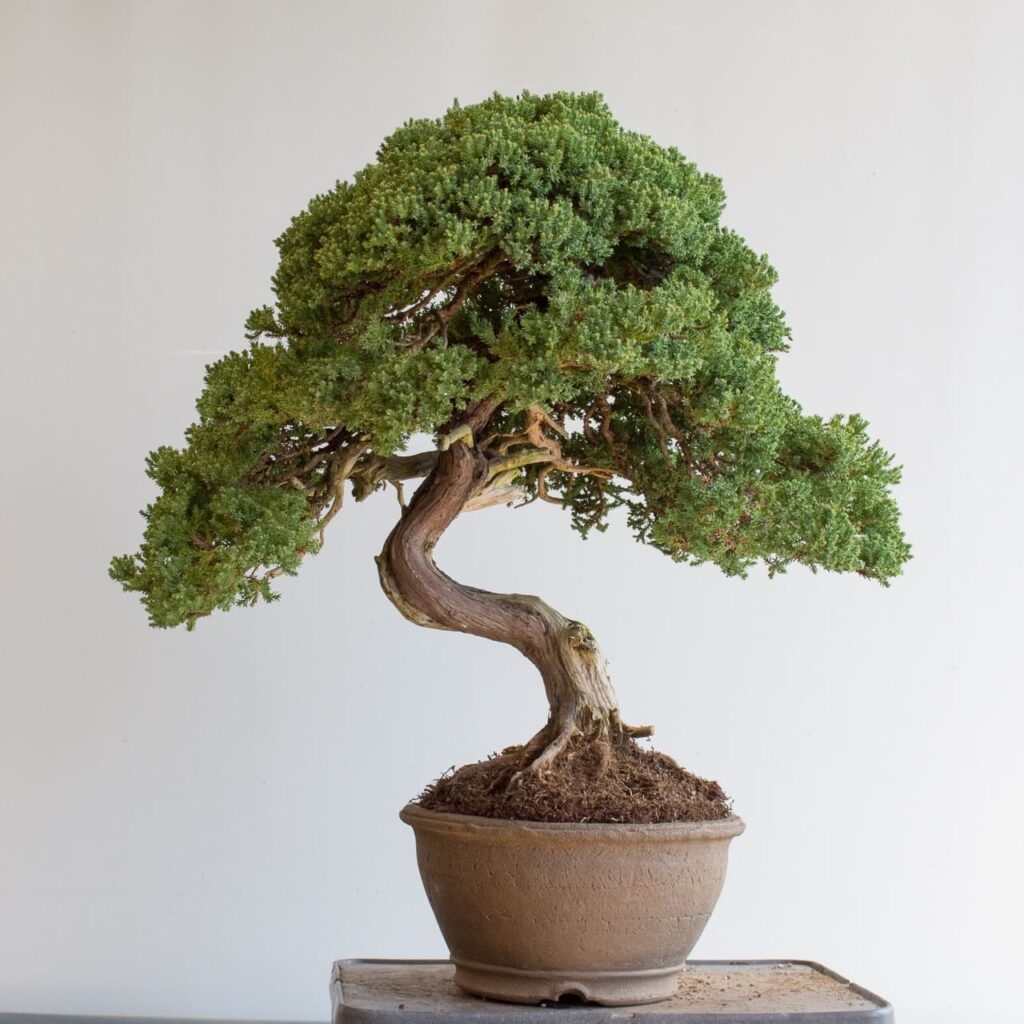
- Carmona microphylla (Fukien tea): Famous for its small leaves and white flowers, perfect for indoor settings.
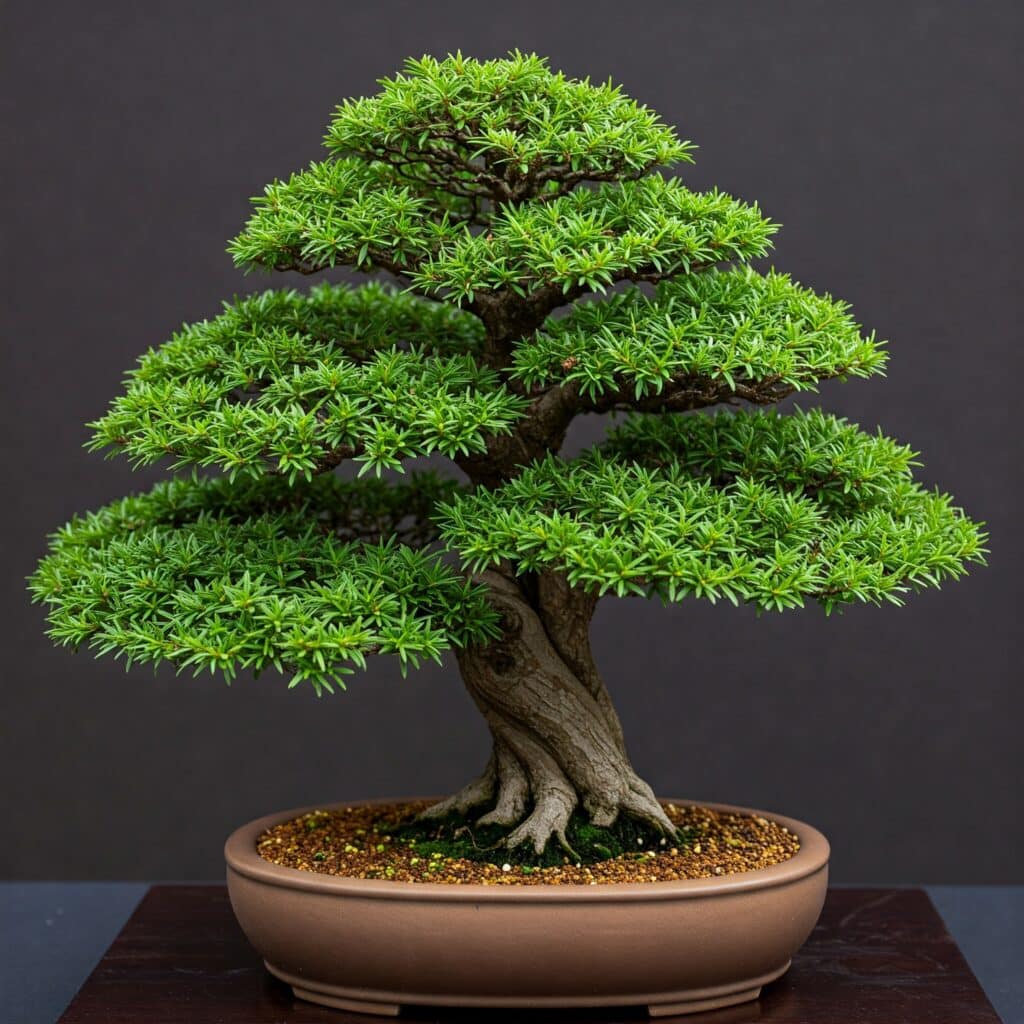
Research conducted at Kyoto University highlights that knowing your tree’s natural habitat can significantly improve its health. For instance, tropical species like Ficus thrive indoors with consistent warmth, whereas temperate species like Junipers require seasonal changes mimicking outdoor conditions.
Pro Tip: Always check whether your bonsai is suited for indoor or outdoor environments before setting up its home.
Step 2: Providing Adequate Light
Light is crucial for photosynthesis—the process by which plants convert sunlight into energy. Without sufficient light, your bonsai may develop weak foliage and stunted growth.
Indoor vs. Outdoor Lighting
- Indoor Bonsai: Place near south-facing windows where they can receive at least 6–8 hours of indirect sunlight daily. If natural light is insufficient, consider using full-spectrum LED grow lights.
- Outdoor Bonsai: Ensure they are positioned in areas receiving morning sun and partial shade in the afternoon. Avoid exposing them to harsh midday rays, especially during summer months.
A study from Wageningen University in the Netherlands found that optimizing light exposure enhances chlorophyll production, leading to healthier, vibrant foliage.
Step 3: Mastering Watering Techniques
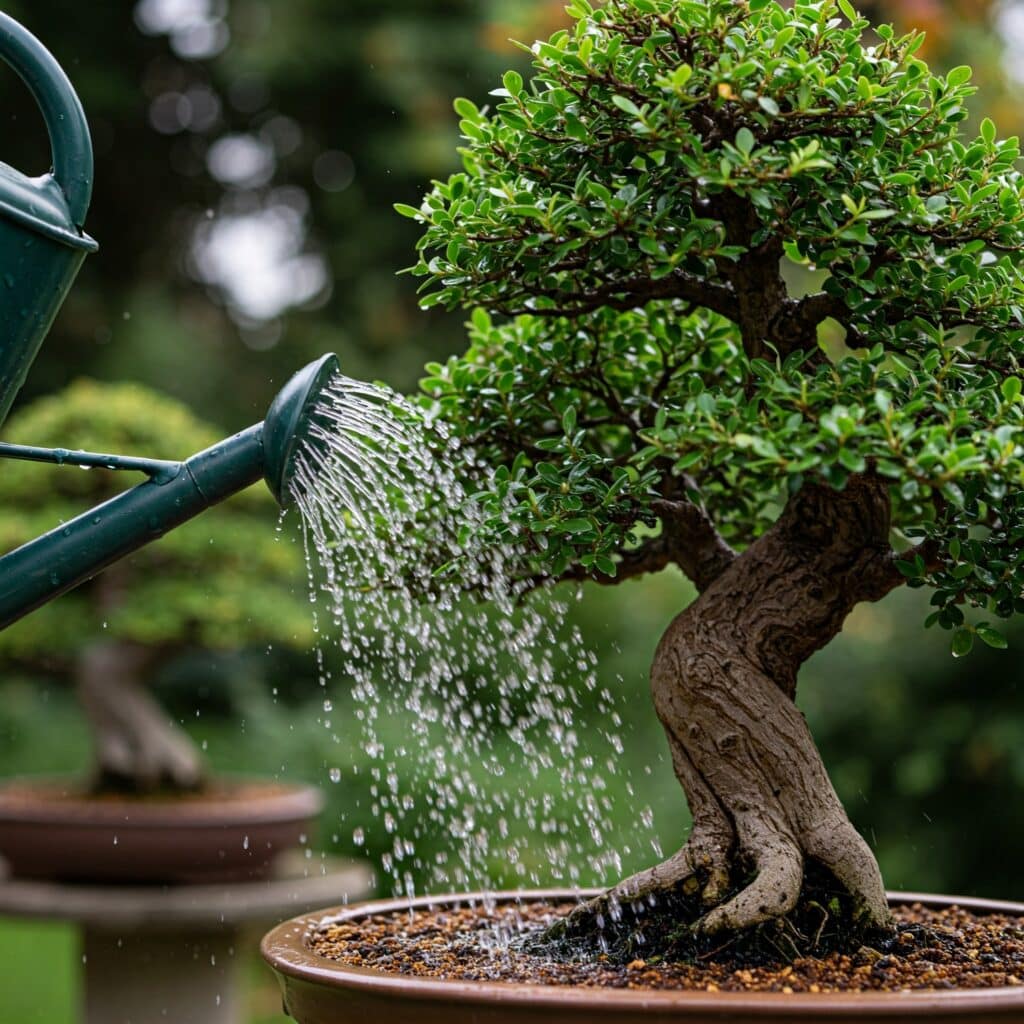
Watering is perhaps the most critical aspect of bonsai care guide—and ironically, the easiest to get wrong. Overwatering and underwatering are common mistakes that can harm your tree.
How Often Should You Water?
There’s no one-size-fits-all answer here. Factors such as pot size, soil composition, climate, and season all play a role. However, a general rule of thumb is to water when the topsoil feels slightly dry to the touch.
Best Practices:
- Use the Finger Test: Insert your finger about an inch into the soil. If it feels dry, it’s time to water.
- Water Thoroughly: Ensure water drains out of the bottom of the pot, indicating the roots have been adequately hydrated.
- Avoid Standing Water: Excess water trapped in saucers can lead to root rot. Empty these regularly.
Scientific studies published in Plant Physiology emphasize the importance of proper drainage systems in preventing fungal infections and promoting oxygen flow to roots.
Step 4: Choosing the Right Soil Mix
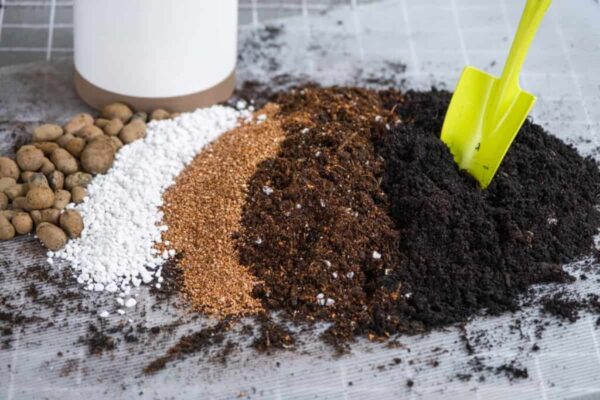
Bonsai trees require specialized soil mixes designed to provide optimal drainage, aeration, and nutrient retention. Unlike regular garden soil, bonsai soil typically consists of:
- Akadama (hard-baked clay particles)
- Pumice (for aeration)
- Lava rock (for structure)
This combination allows excess water to drain quickly while retaining enough moisture for the roots. Research from the Royal Botanic Gardens, Kew, suggests that poor soil quality is a leading cause of bonsai failure, underscoring the need for high-quality substrates.
Step 5: Pruning and Shaping
Pruning isn’t just about aesthetics—it’s vital for maintaining the health and structure of your bonsai. Regular pruning encourages new growth, prevents overcrowding, and maintains the desired shape.
Types of Pruning:
- Maintenance Pruning: Involves trimming back new shoots and leaves to maintain size and density.
- Structural Pruning: Focuses on shaping the overall design by cutting larger branches.
When pruning, always use sharp, sterilized tools to minimize damage and reduce the risk of infection. According to a report in Arboriculture & Urban Forestry, precise cuts heal faster and promote healthy regrowth.
Step 6: Repotting for Longevity
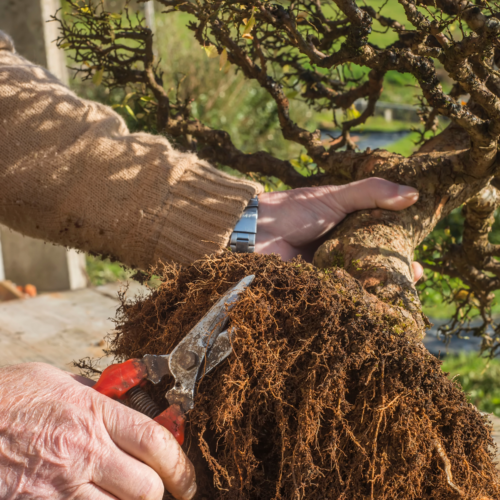
Repotting is necessary to refresh the soil and prevent root-bound conditions. Most bonsai trees need repotting every 2–5 years, depending on their growth rate.
Steps for Repotting:
- Gently remove the tree from its pot.
- Trim away approximately one-third of the root mass.
- Replace old soil with fresh bonsai mix.
- Replant the tree, ensuring stability.
Studies from Cornell University indicate that timely repotting improves nutrient uptake and extends the lifespan of bonsai trees.
Step 7: Protecting Against Pests and Diseases
Even the most meticulously cared-for bonsai can fall victim to pests or diseases. Common culprits include aphids, spider mites, and fungal infections.
Prevention Tips:
- Inspect your tree weekly for signs of infestation or discoloration.
- Use organic pesticides sparingly if needed.
- Maintain good airflow around the tree to deter mold and mildew.
International research from the University of California Agricultural Extension stresses early detection and treatment as key strategies for pest management.
Step 8: Embracing Seasonal Care
Seasonal adjustments are integral to bonsai care. Each season brings unique challenges and opportunities:
- Spring: Focus on fertilization and structural pruning.
- Summer: Monitor watering needs closely due to increased evaporation.
- Autumn: Reduce watering frequency and prepare for dormancy.
- Winter: Protect outdoor bonsai from frost by moving them to sheltered locations.
Understanding these cycles aligns with findings from the International Society of Horticultural Science, which advocates for adaptive care based on environmental cues.
The Therapeutic Benefits of Bonsai Care
Beyond the technicalities, tending to a bonsai offers immense psychological benefits. Studies published in Environmental Health Perspectives reveal that engaging with plants reduces stress levels, boosts mood, and enhances focus. The meticulous attention required for bonsai care cultivates patience and mindfulness, qualities increasingly valued in our fast-paced world.
Final Thoughts
Caring for a bonsai tree is a deeply fulfilling endeavor that marries artistry with science. From selecting the right species to mastering watering techniques and embracing seasonal rhythms, each step contributes to the longevity and vitality of your miniature masterpiece. Remember, bonsai care guide helps to understand the key points and its is a lifelong commitment—one that rewards you with tranquility and a deeper connection to nature.
We hope this guide inspires you to embark on or continue your bonsai journey with confidence. Share your experiences, ask questions, and celebrate the joy of nurturing these incredible living sculptures. After all, every bonsai tells a story—and yours is waiting to unfold.
Happy gardening! 🌿
